Southeast Asia features some of the world’s most interesting urban complexes. Bangkok and Ho Chi Minh City are the two jewels of the continent, brimming with vitality and culture. As different as they appear to be for two cities that have hundreds of things in common, such as commercial centers and dining grounds, they display stark contrasts, beginning with self-evident ones such as languages and currencies and going down to nuances about architectural motifs and social mores.
The following 20 are the main differences between Bangkok and Ho Chi Minh City, which account for each city’s unique charm.
Political History
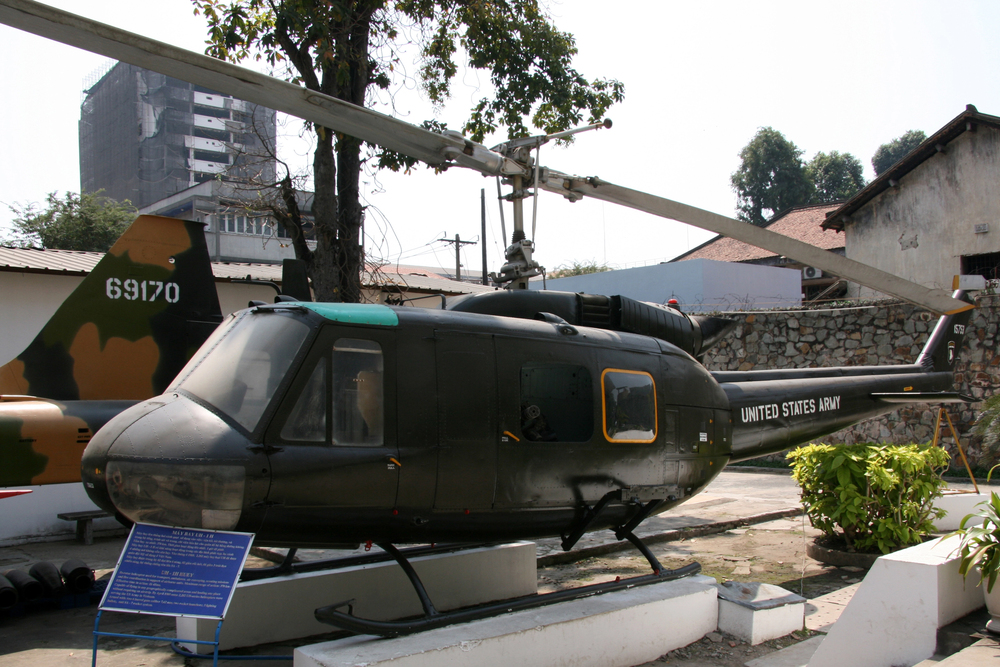
Bangkok has been the capital of Thailand since 1782, and it has relatively stable rule without modern foreign occupation. Ho Chi Minh City, previously Saigon, carries the indelible marks of French colonialism and the Vietnam War, having experienced radical political upheavals before its name change in 1975.
These different histories haven’t just affected buildings; they’ve conditioned social attitudes and cultural identities in both cities.
Urban Layout
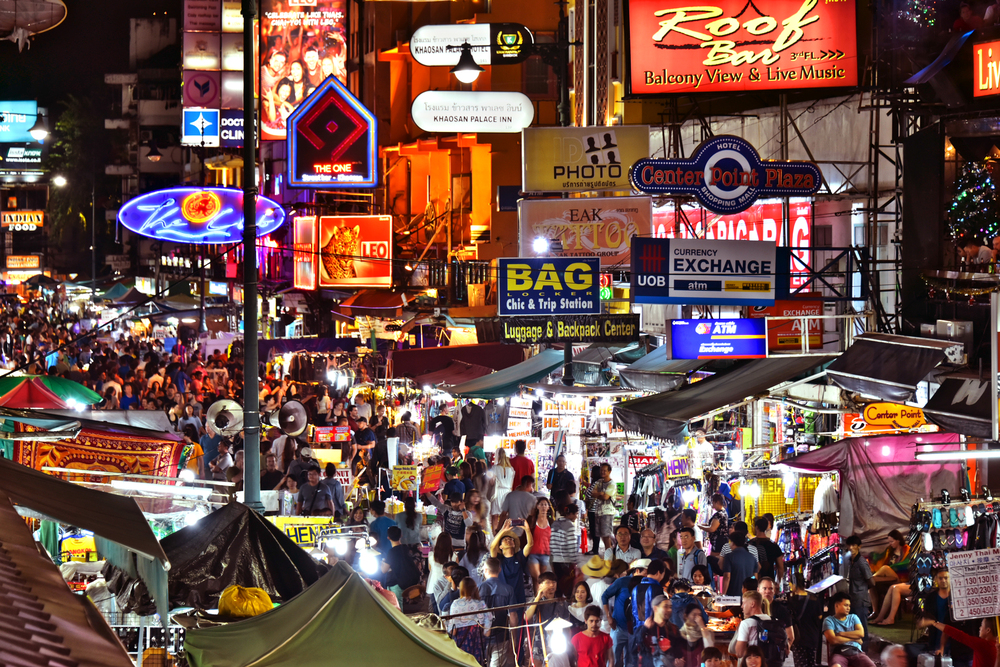
Bangkok extends out in diffuse margins – with multiple centers of activity separated by widespread highways and raised rail networks. Ho Chi Minh City has a more compact nucleus with numbered quarters in an organized sequence, slightly improving the confusion of navigating traffic for tourists but leaving little evident remnant of the French urbanistic heritage to distinguish it as formerly having French influence.
Like Travel Pug’s content? Follow us on MSN.
Transportation Networks
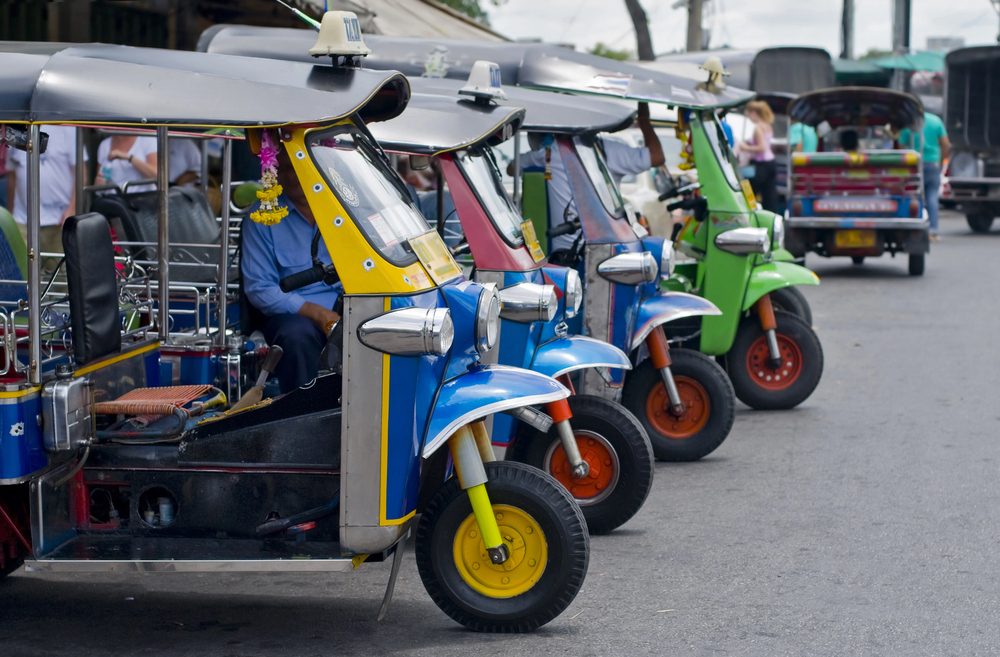
Bangkok boasts a widespread modern public transportation network, including the BTS Skytrain and MRT subway, which quickly transports individuals over congested streets. Ho Chi Minh City remains largely dependent on motorbikes, buses, and taxis, though the first metro line is under construction and has ambitious expansion plans.
Such infrastructural differences create entirely different city movement patterns and daily commute habits.
River Significance
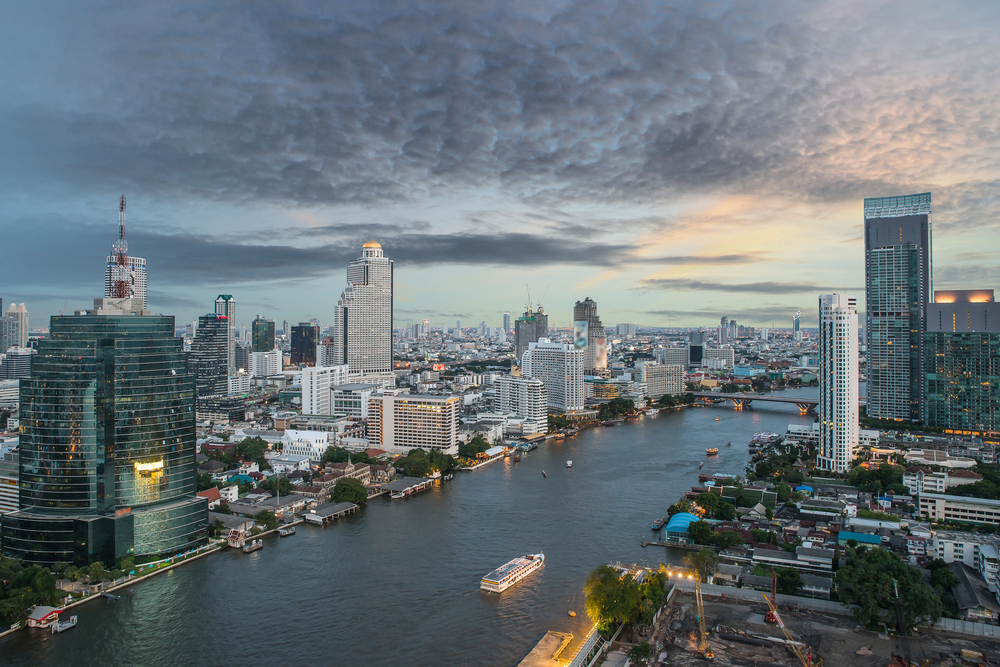
The Chao Phraya River cuts through the middle of Bangkok – a principal mode of transportation with crowded ferry systems connecting several sites. The Saigon River is not as central to Ho Chi Minh City’s daily transportation but is still crucial for shipping and increasingly vital for riverside real estate.
Bangkok’s link to its waterway feels more integrated into day-to-day life, while Saigon’s river feels more marginal in purpose.
Street Food Culture
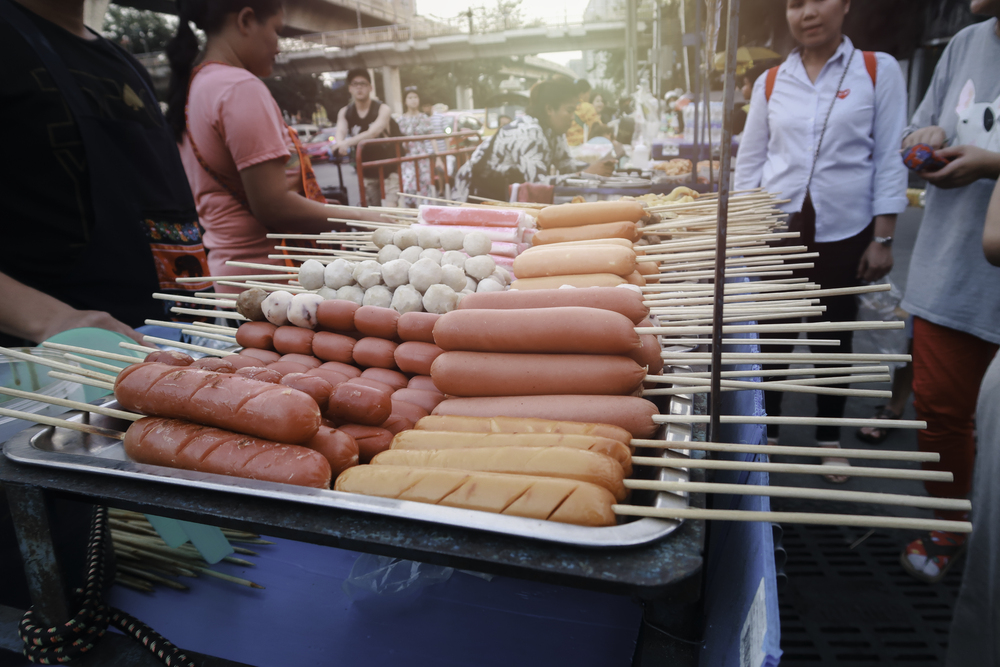
Bangkok street food stalls operate out of semi-fixed sites with established installations – often in the form of plastic chairs and tables positioned along pavements. Ho Chi Minh City operators like to roam, with many operating out of motorbikes or rolling wheels that come and go throughout the day.
Bangkok’s street consumption is a little more formalized, while Saigon’s is a makeshift, impermanent affair, and this makes it attractive.
Like Travel Pug’s content? Follow us on MSN.
Cuisine Flavors
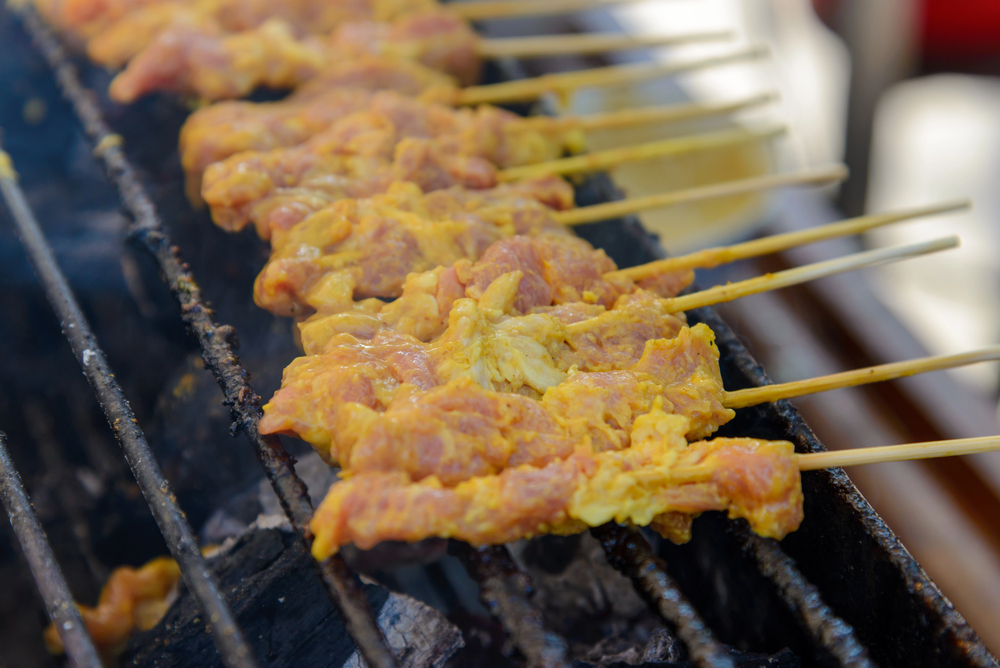
Bangkok food is blended for sweet, sour, salty, and hot tones, typically accompanied by coconut milk and fish sauce as base layers. Ho Chi Minh City dishes emphasize freshness with opulent herbs, delicate broths, and clear French traditions in dishes like bánh mì sandwiches.
Flavors that contrast result in significantly different dining experiences that are true reflections of intense cultural affinities and historical impacts.
Nightlife Character
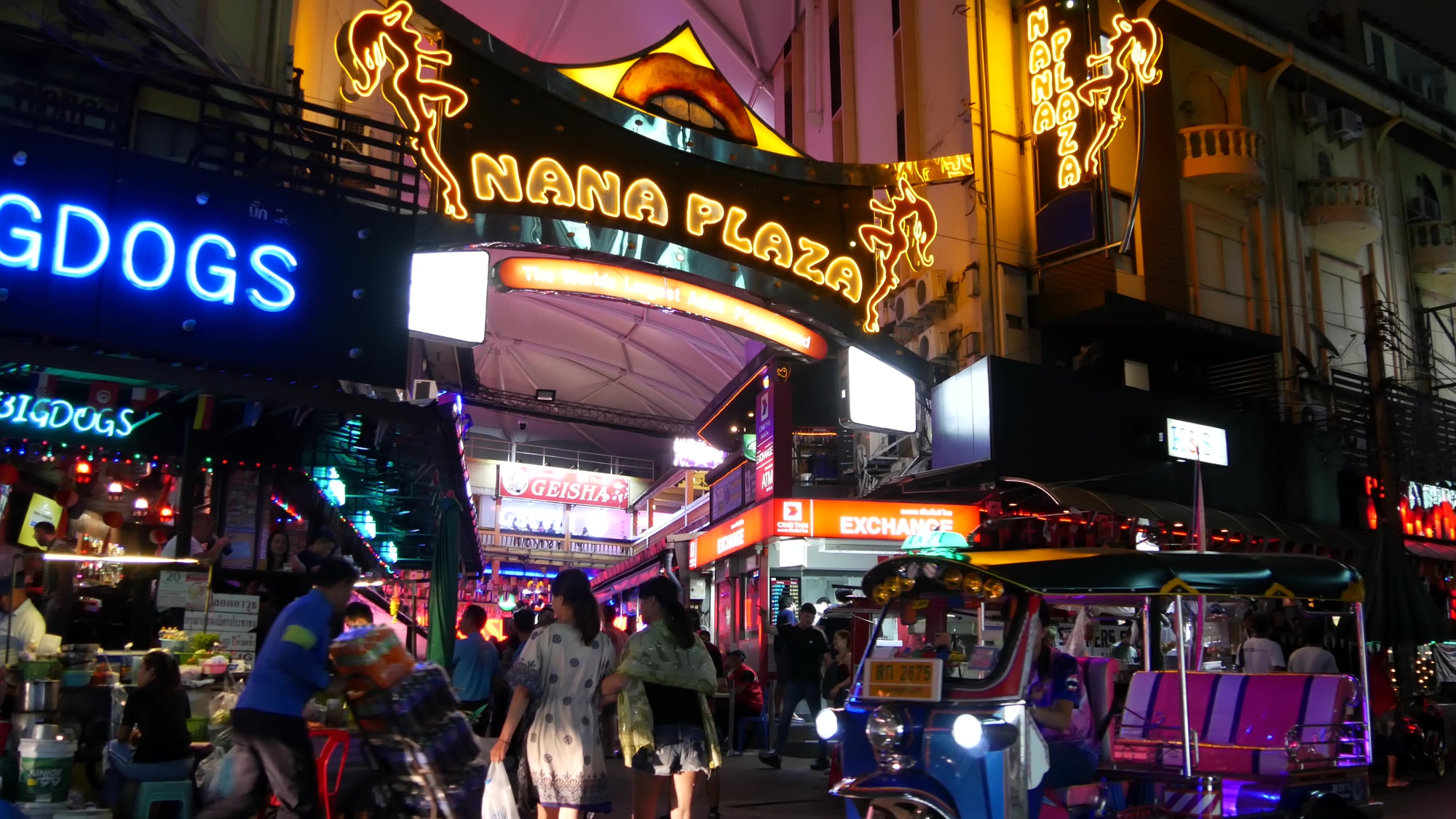
Bangkok has diverse nightlife options with humongous clubs, trendy rooftop bars, and entertainment plazas to suit international tastes. The night-time economy of Ho Chi Minh City centers on smaller bars, particularly in the backpacker district and more in craft beer districts.
However, the authorities mandate comparatively earlier closing times. Night-time entertainment in the Thai capital lasts longer, more rowdily, and bigger—more for night birds.
Religious Influence
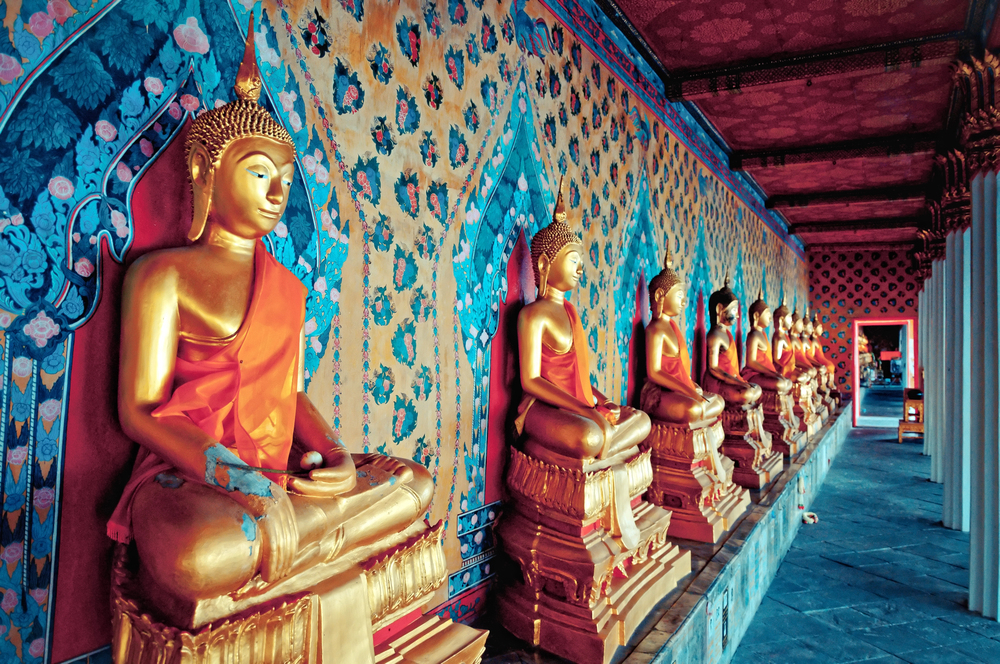
Bangkok’s skyline includes countless Buddhist temples (wats) with gold-tipped spires and filigree decorations standing out against the city skyline. Ho Chi Minh City has more religious diversity in the form of well-known Catholic cathedrals, Cao Dai temples, and Buddhist pagodas, befitting Vietnam’s more pluralistic spiritual heritage.
This built-in religious difference creates noticeably different architectural icons that distinguish each city’s visual identity.
Like Travel Pug’s content? Follow us on MSN.
Language Barrier
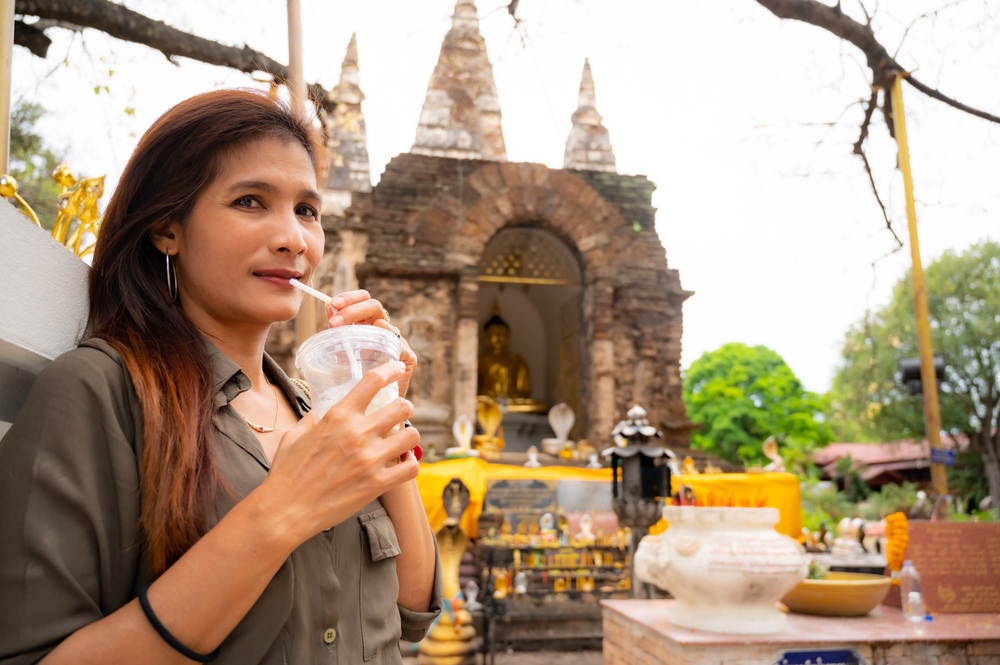
Bangkok offers a relatively less challenging experience for English-speaking visitors, with extensive use of English on signs and a greater proportion of English speakers among tourists. Outside major tourist locations, Ho Chi Minh City doesn’t have many English speakers, although younger Vietnamese speak more and more English now.
This variation in language substantially affects how friendly and easy each city is for international visitors not familiar with native languages.
Coffee Culture
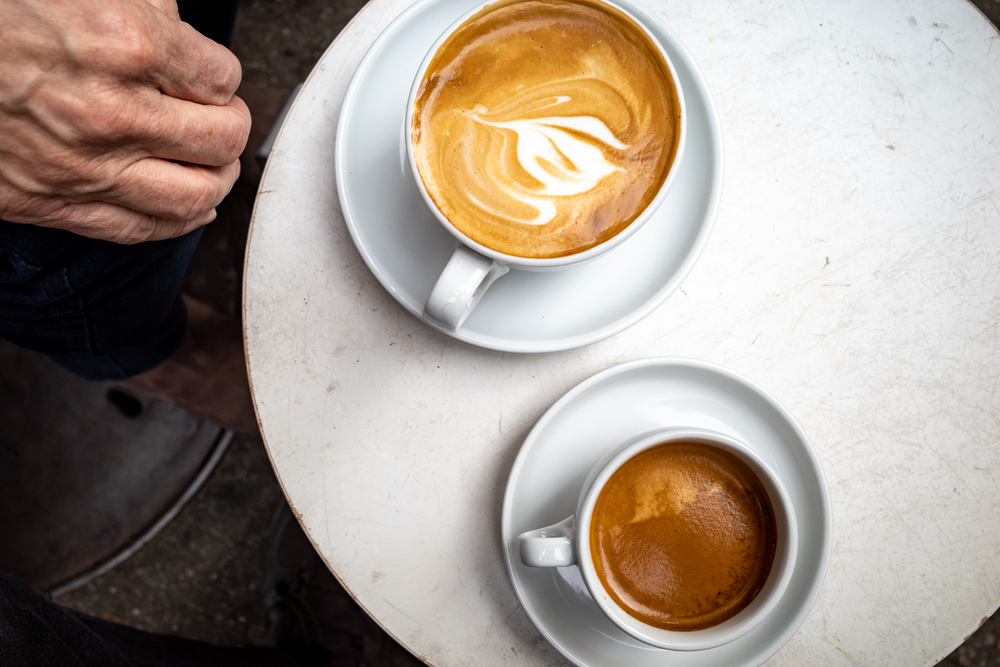
Bangkok opened its doors to international coffee chains and trendy coffee shops offering elaborate drinks for social media personalities. Ho Chi Minh City’s coffee culture is all about strong Vietnamese drip coffee flavored with condensed milk and enjoyed in tiny sidewalk cafés.
Vietnamese culture and coffee culture seem more utilitarian to everyday habits than high-end or foreign.
Weather Patterns
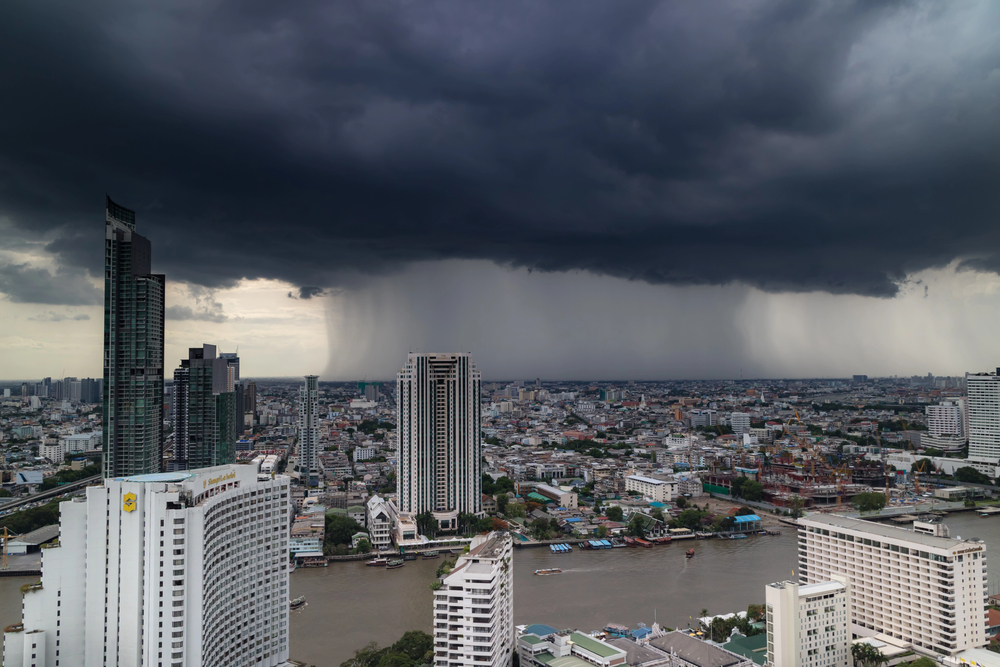
Bangkok experiences three distinct seasons, with a welcome cool spell between November and February, bringing relief from the tropical heat. Ho Chi Minh City experiences a simpler wet-dry seasonal pattern with consistently high temperatures year-round and minimal temperature change, while intense late-afternoon showers during monsoon season temporarily flood streets.
The Thai capital experiences slightly more seasonal change to accommodate planning pleasant trips.
Like Travel Pug’s content? Follow us on MSN.
Skyscraper Landscape
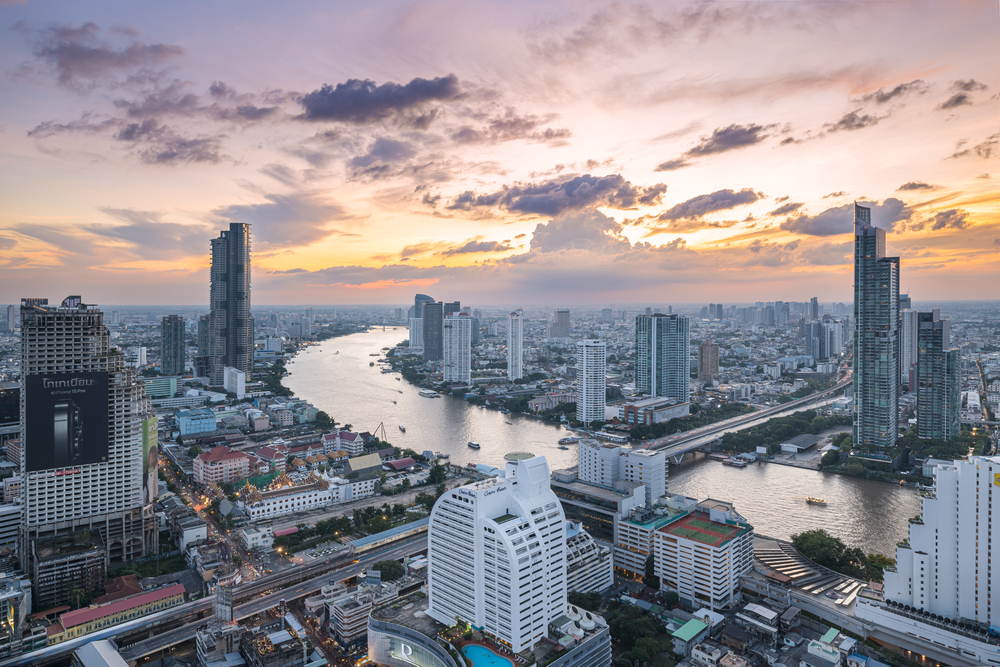
Bangkok’s movie-quality skyline is dominated by numerous futuristic skyscrapers, like the famous MahaNakhon and Baiyoke Tower II, which create a dramatic urban silhouette. Ho Chi Minh City has fewer supertalls, with the 68-story Landmark 81 standing out as an exception to otherwise lower-rise skylines despite ongoing construction frenzies.
This vertical difference creates opposing urban looks that define each city’s urban identity today.
Shopping Experiences
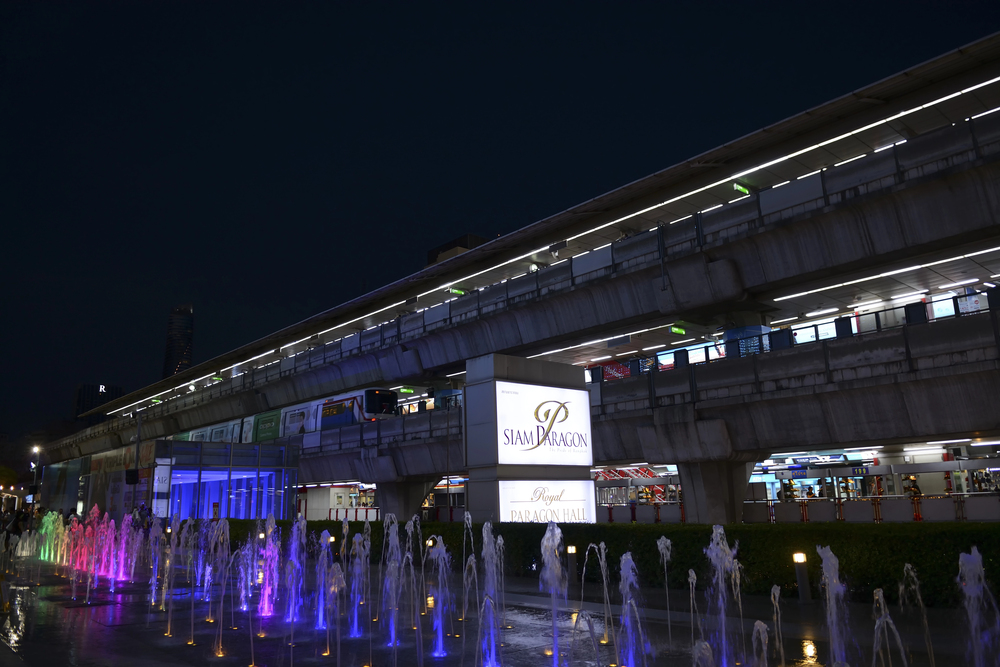
Bangkok has built enormous climate-controlled complexes like Siam Paragon and EmQuartier that incorporate luxury global brands and innovative local designers. Ho Chi Minh City retains more traditional market experiences like Ben Thanh Market alongside newer shopping centers, with shopping dispersed in various neighborhoods rather than concentrated in mega-complexes.
The Thai capital offers more targeted high-end shopping experiences in glittering architectural settings.
Expat Communities
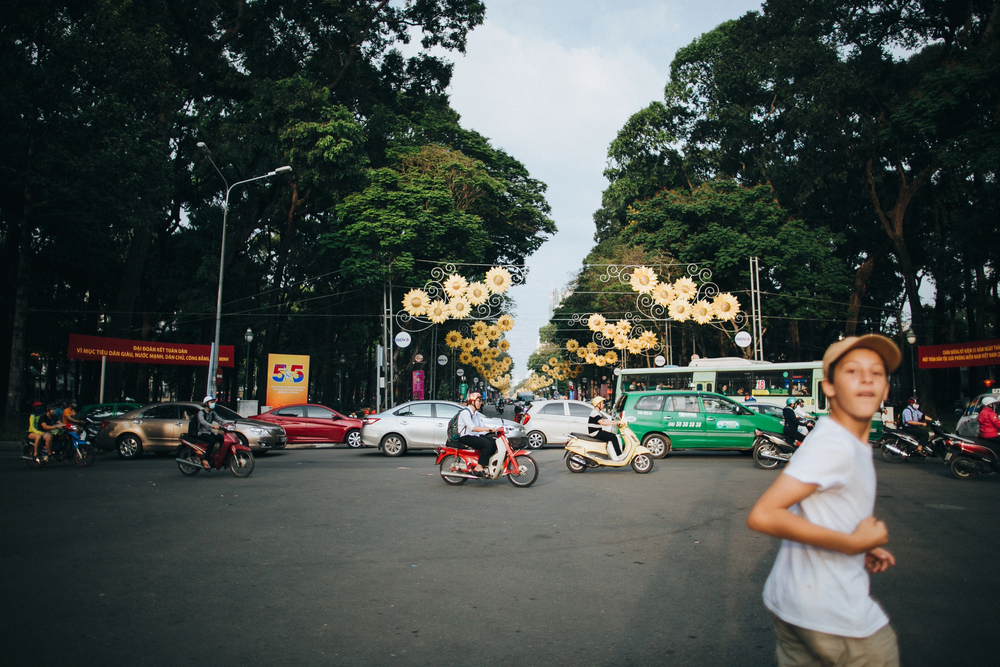
Bangkok houses expatriate communities that are larger and more diverse, with advanced international schools, social clubs, and expatriate enclaves dedicated to foreign residents. Ho Chi Minh City’s international community is growing fast but is comparatively smaller and more concentrated in teaching, technology, and manufacturing industries, with greater integration into residential quarters.
The population difference characterizes international and social interactions in each urban environment.
Like Travel Pug’s content? Follow us on MSN.
Cost of Living
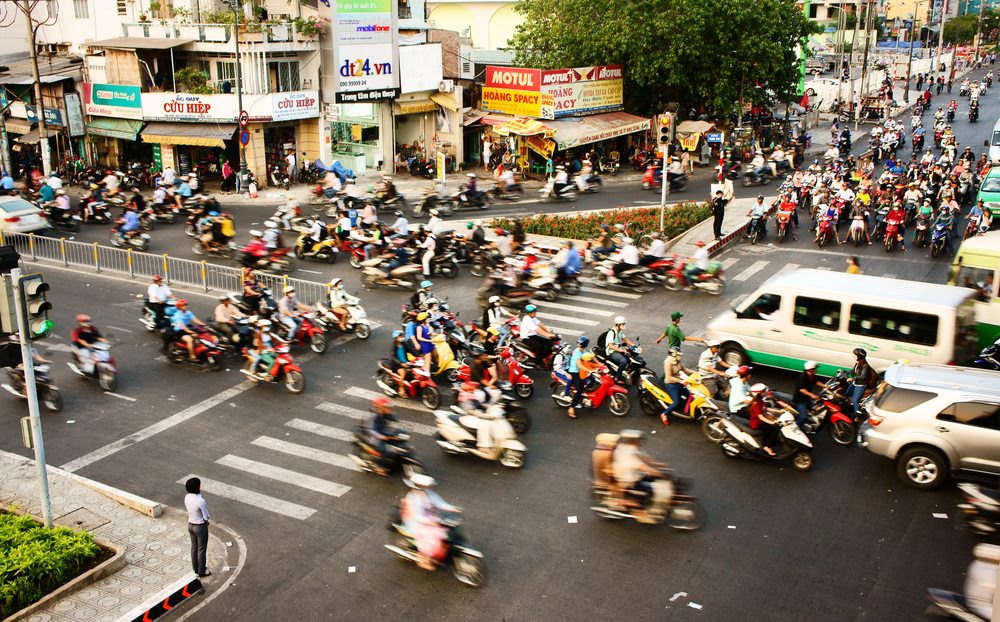
Bangkok prices similar high-end accommodations, especially in the inner districts, with a whole assortment of luxurious options for persons with significant budgets. Ho Chi Minh City prices lower items such as transportation, meals, and mid-scale accommodations that put foreign exchange further to use.
Such economic divergence is particularly palpable when rent markets and luxury eating are being compared between both cities.
Green Spaces
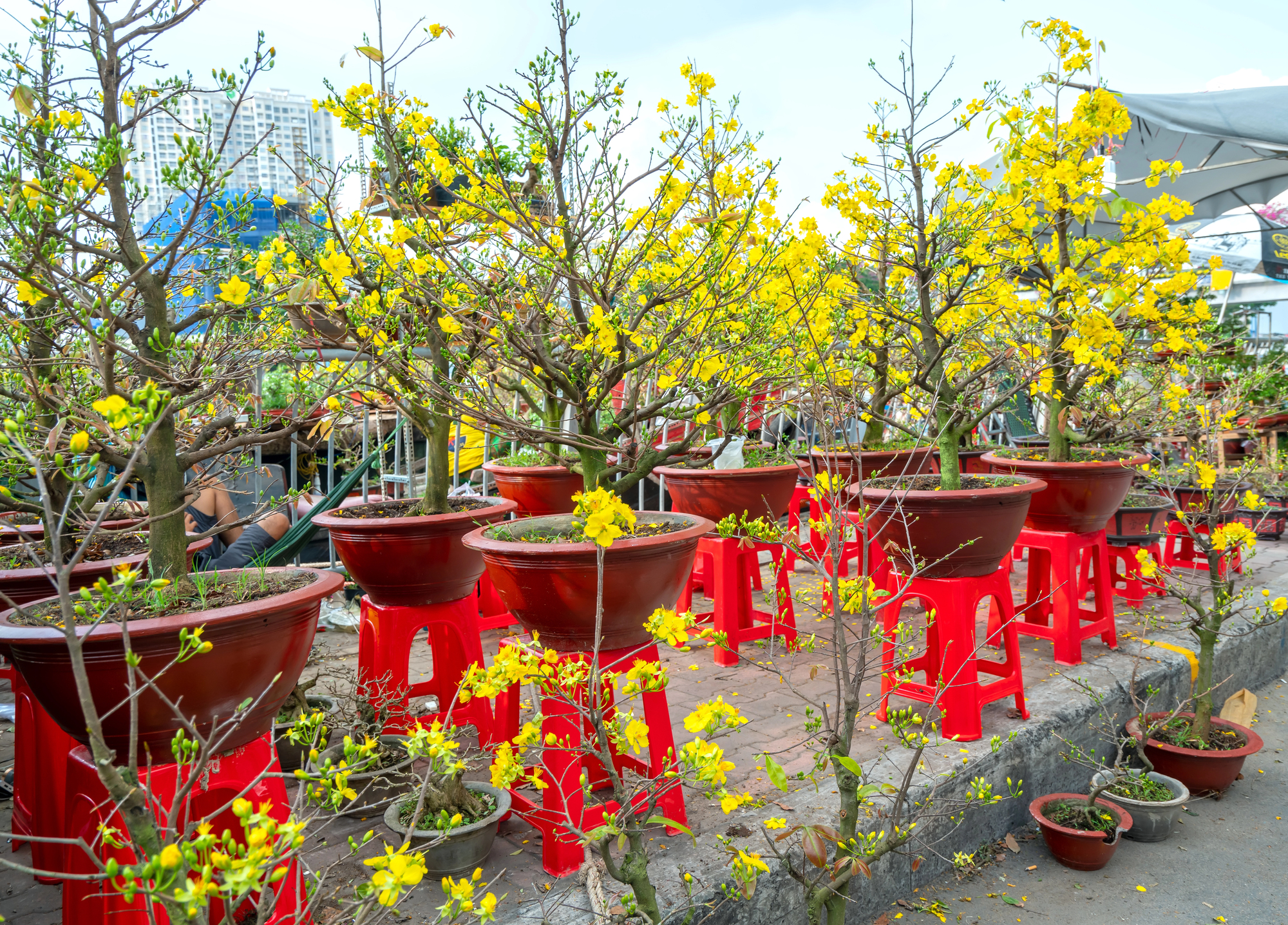
Bangkok possesses several large, well-maintained public parks like Lumpini and Benjakitti that provide vital natural oases amidst the concrete jungle. Ho Chi Minh City does not have large parks, with places like Tao Dan Park being a smaller area, though tree-lined boulevards like Le Duan bring some welcome greenery to the urban landscape.
The Thai capital provides more accessible outdoor recreation areas where locals are able to escape the heat of city life.
Airport Infrastructure
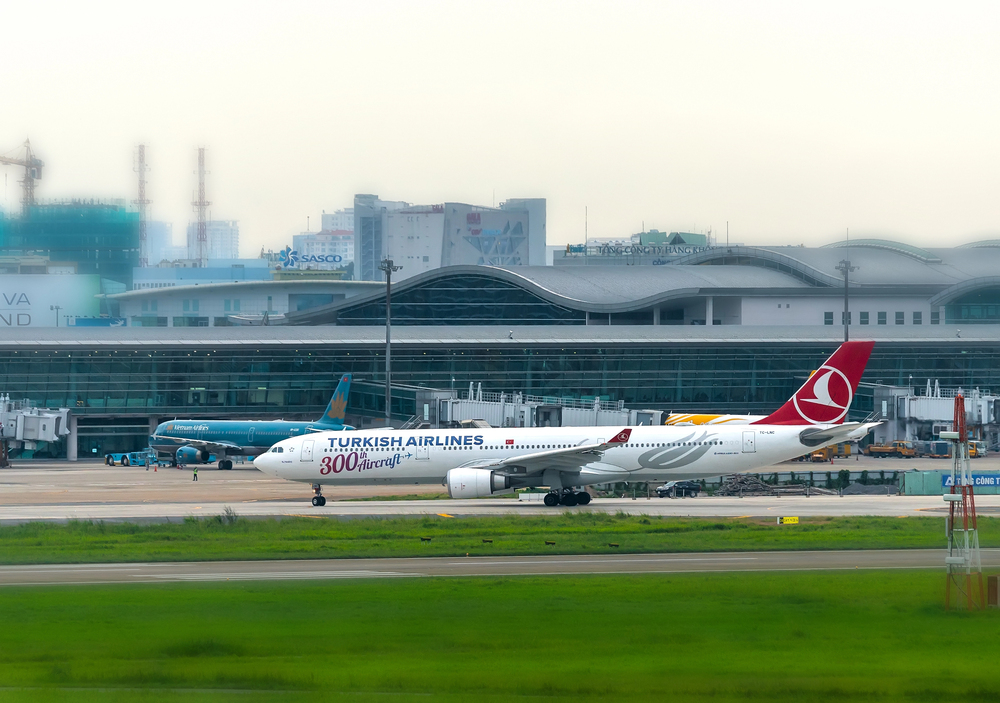
Bangkok’s Suvarnabhumi Airport is a main international air gateway with extensive flight connections and modern facilities as an international gateway to the world. Ho Chi Minh City’s Tan Son Nhat Airport functions on a smaller scale with fewer direct long-distance connections and less sophisticated facilities that are now being enlarged to meet growing demand.
Such infrastructure difference significantly affects travel ease and global connectivity potential.
Like Travel Pug’s content? Follow us on MSN.
Pedestrian Infrastructure
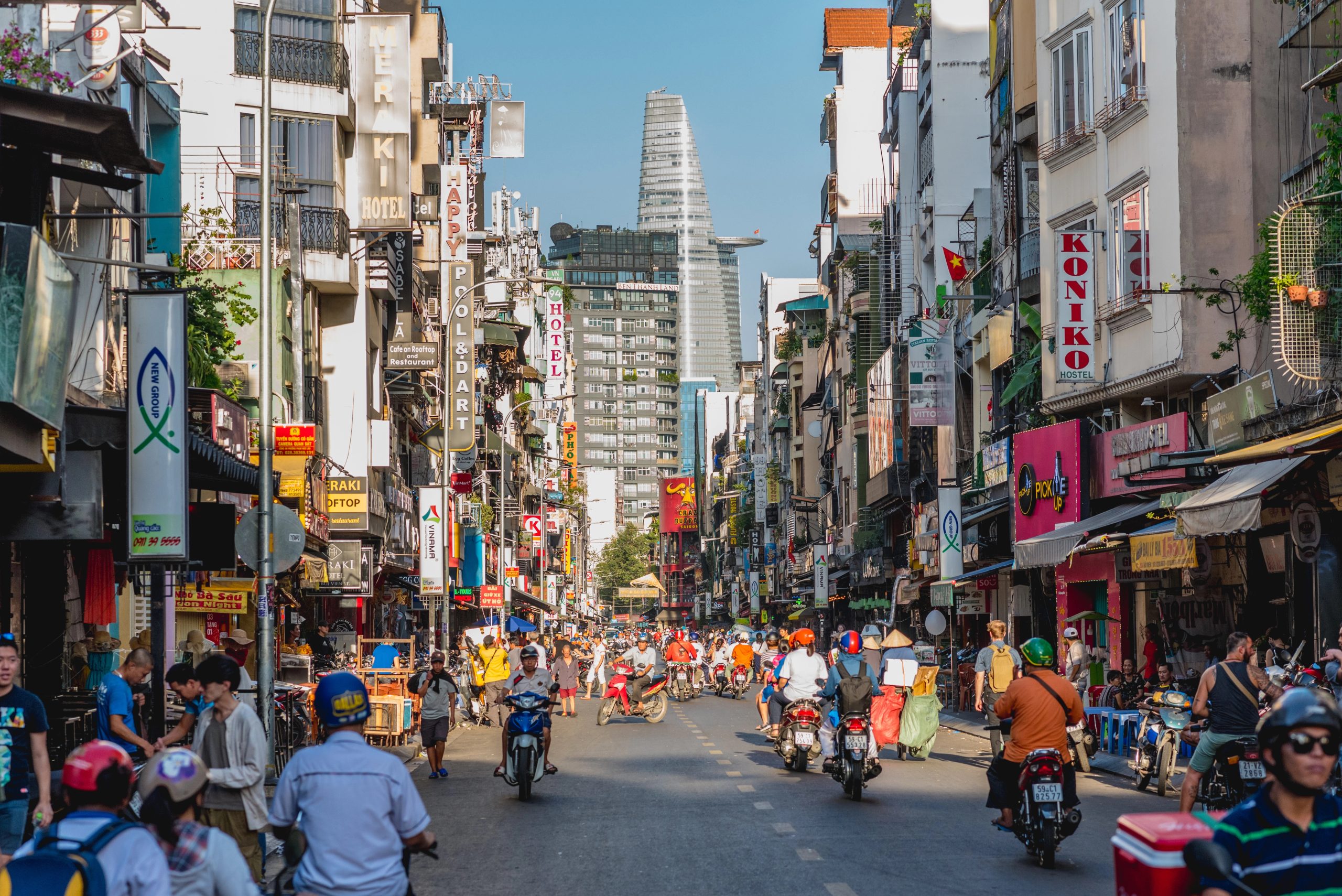
Bangkok has invested in elevated walkways and connected walkways in city centers, particularly around shopping areas and transport hubs. Ho Chi Minh City presents more challenges to walkers, with footpaths frequently occupied by parked motorbikes and fewer pedestrianized crossings.
Greater awareness is necessary in navigating the city without motor traffic. Walking through each urban environment creates, in effect, one-of-a-kind experiences and issues of safety.
Traffic Composition
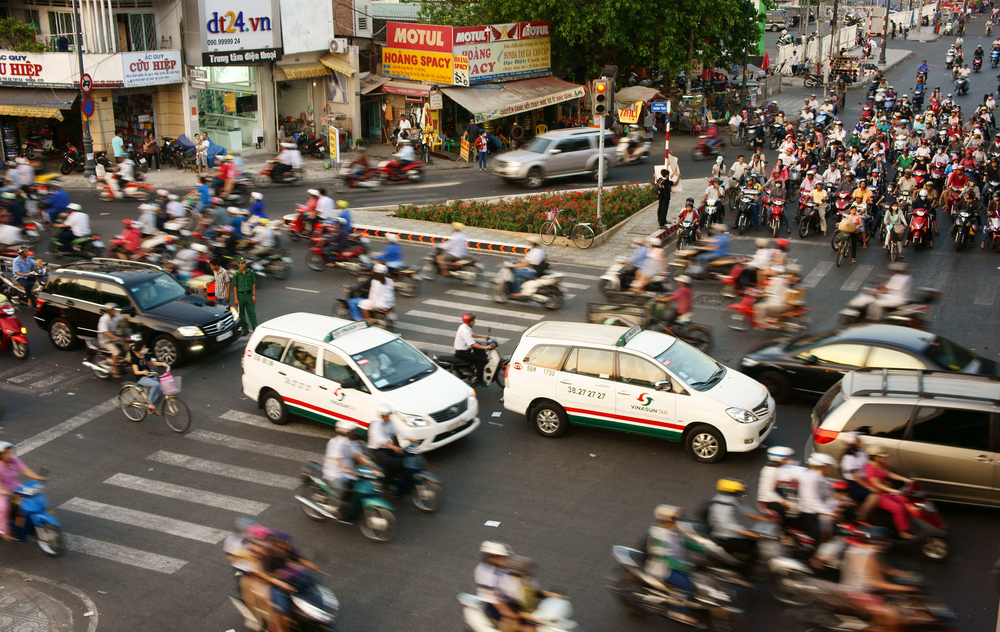
Bangkok’s roads are dominated by automobiles and taxis, with a proportionately minor motorcycle place compared to the other great metropolises of Southeast Asia. Ho Chi Minh City’s streets roll with a deafening flood of motorbikes that command the transport space to create the city’s legendary image of choreographed two-wheeled action that dumbfounds first-time viewers.
This simple transportation difference defines the visual rhythm, noise environment, and atmospheric texture of each urban center.
Street Art Presence
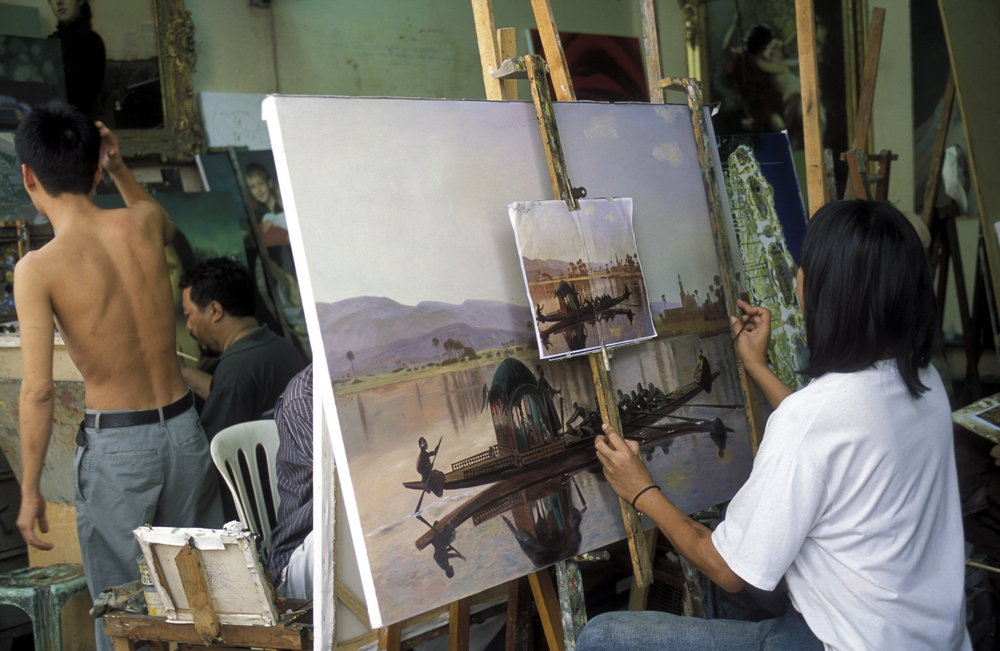
Bangkok has embraced public art in the form of specifically designated creative areas like Chalerm La Park and Talat Noi districts with commissioned paintings and art zones. Ho Chi Minh City has strict laws regarding public exhibitions and less space for street art approved by authorities, but other creative communities flourish in District 2 in spite of these restrictions.
The Thai capital has more openly visible and officially approved public art environments that add color to the urban landscape.
Like Travel Pug’s content? Follow us on MSN.
Two Separate Urban Identities
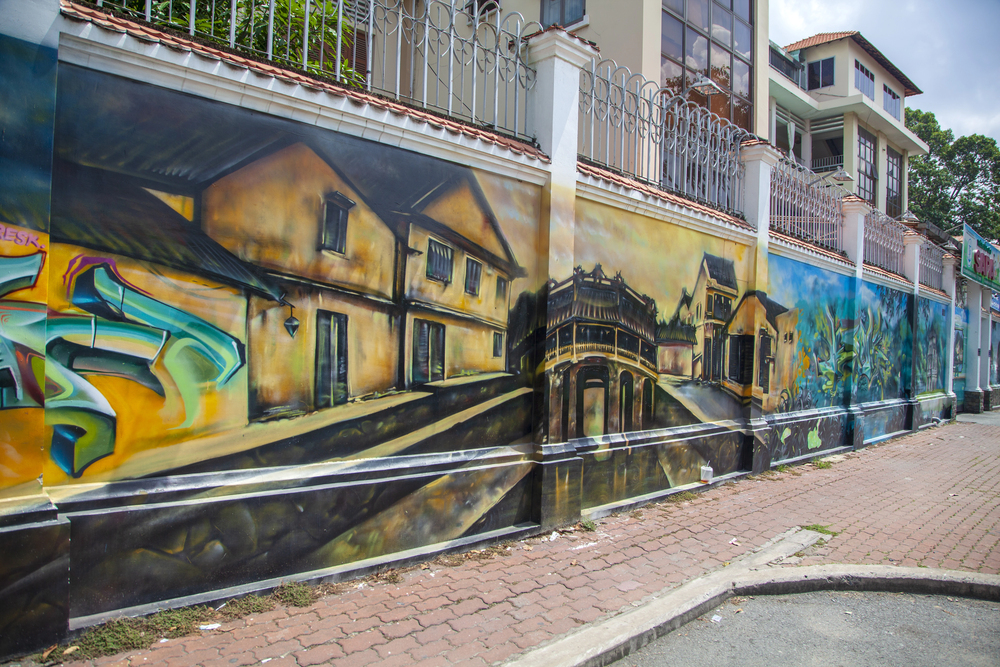
These two urban behemoths, 470 miles away from each other, demonstrate the way geography, history, and culture come together to produce two different city experiences in the same region. The ancient majesty and cosmopolitan city of Bangkok is contrasted with Ho Chi Minh City’s vibrant, youthful dynamism and feverish expansion.
Visitors who are lucky enough to see both cities are able to enjoy Southeast Asia’s unequaled diversity and the distinct character that defines both cities.
More from Travel Pug

- 20 Destinations That Were Once Thriving but Are Now Quietly Disappearing
- 13 Destinations Where Tourists Regularly Regret Their Trip
- 20 Once-Popular Beach Towns That Are Now Ghostly Empty
- 10 Under-the-Radar Mountain Towns That Are Both Affordable and Beautiful
- Take a ‘Learning Vacation’ in These 20 Extraordinary Places
Like Travel Pug’s content? Follow us on MSN.
